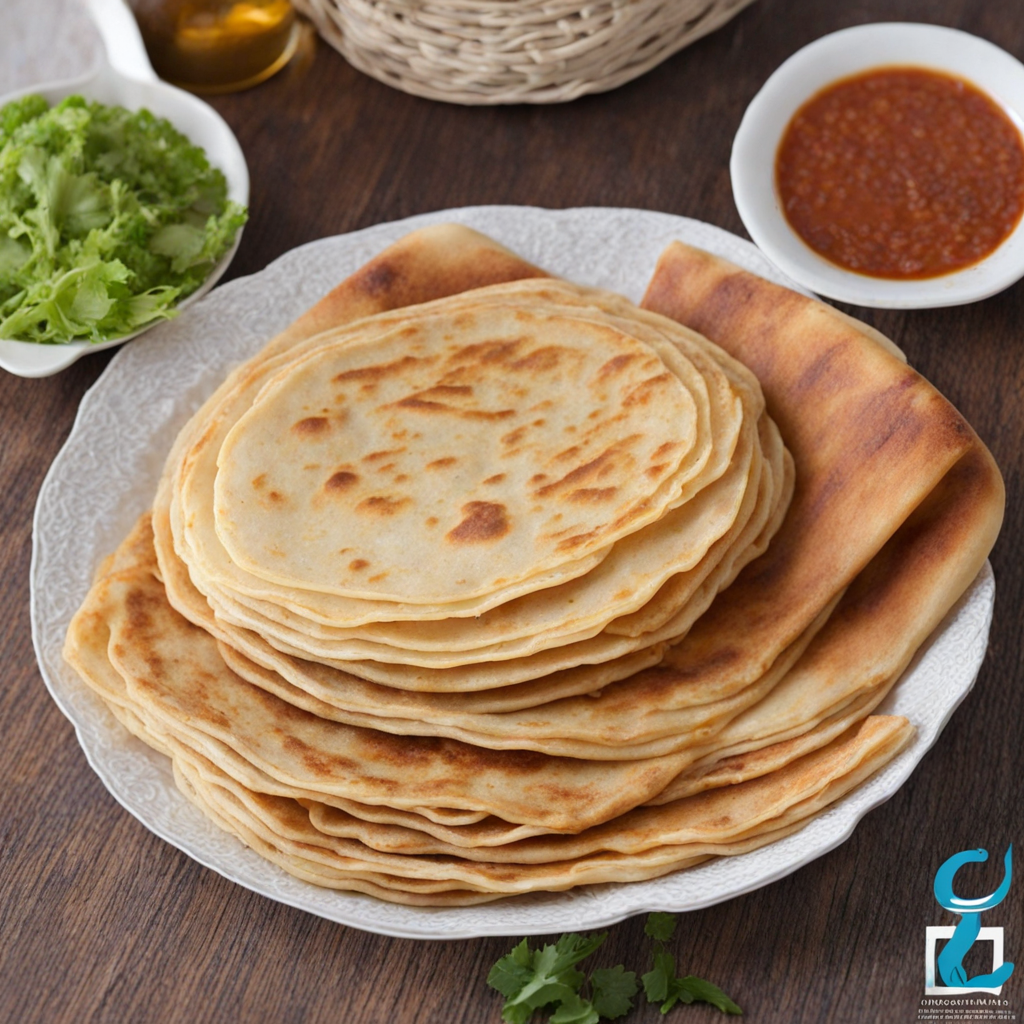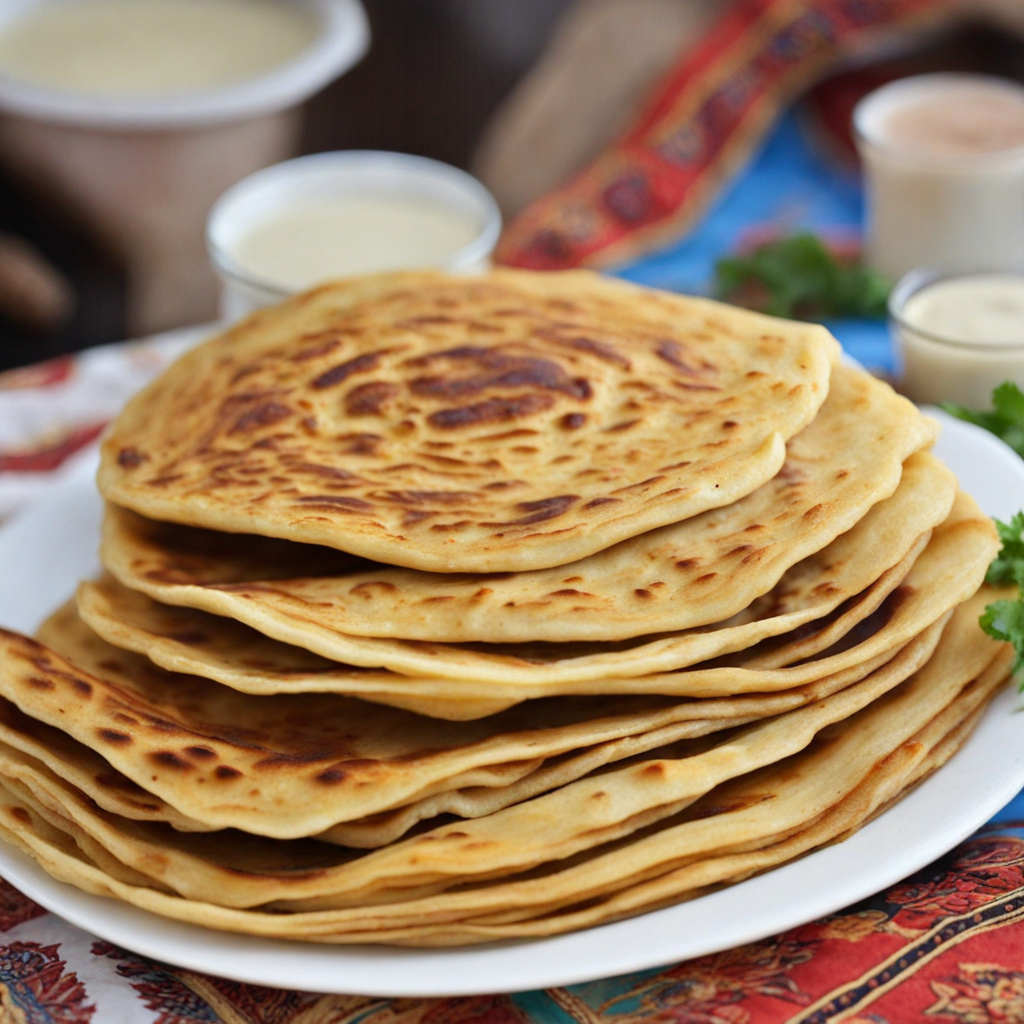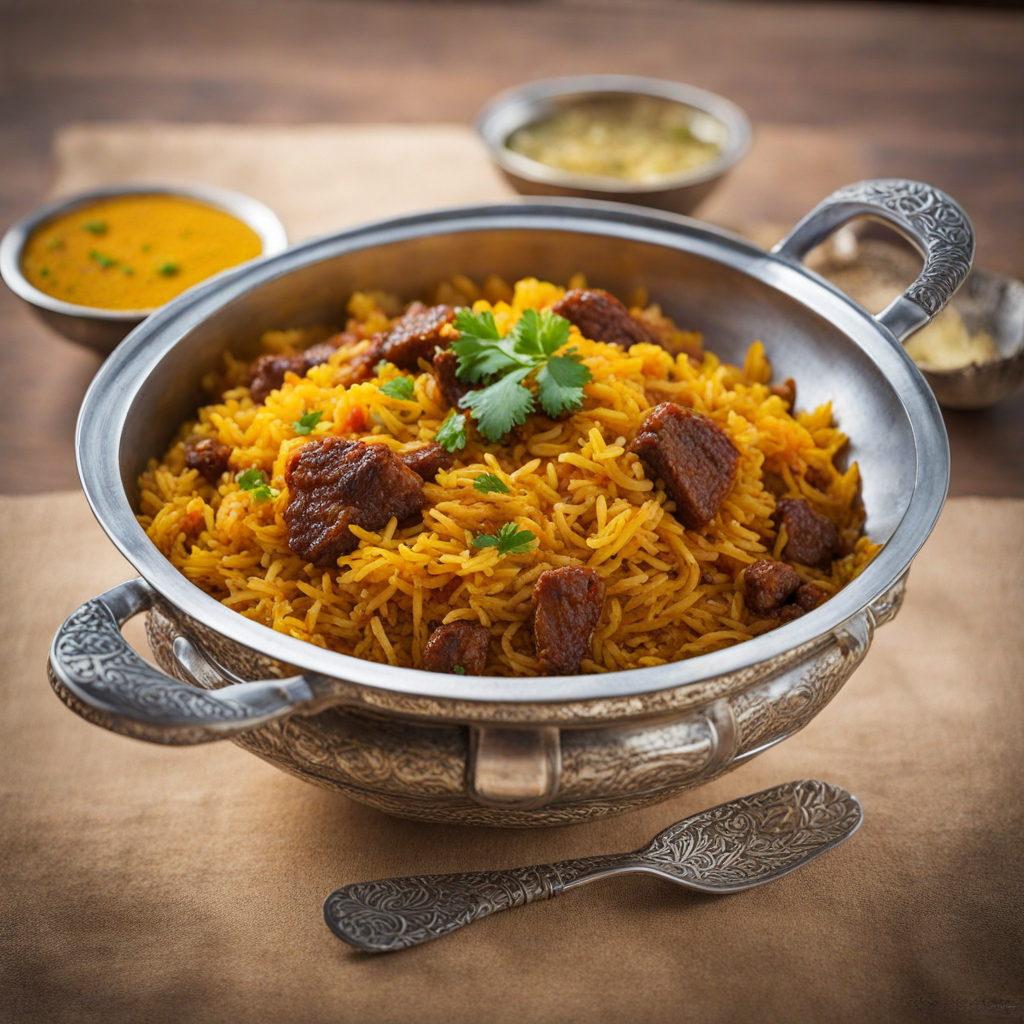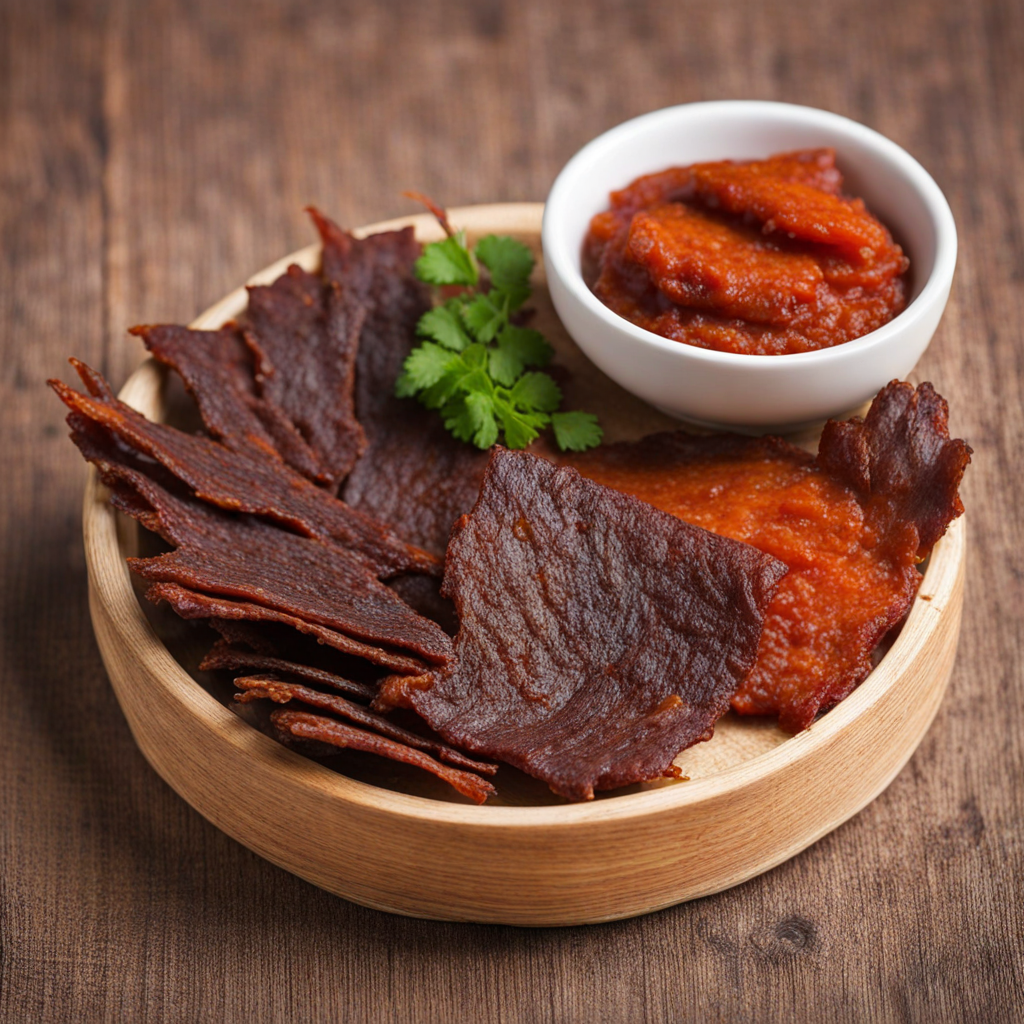Canjeero
Canjeero, a traditional Somali flatbread, offers a delightful taste that reflects the rich culinary heritage of Somalia. Made primarily from a simple mixture of flour, water, and a touch of salt, its preparation involves fermentation, which gives it a unique texture and flavor. When cooked on a hot griddle, Canjeero develops a slightly chewy consistency with a tender inside and a slightly crisp exterior, creating a perfect base for various toppings and accompaniments. What sets Canjeero apart is its versatility. It can be enjoyed plain or paired with an array of savory toppings such as stews, spicy sauces, or even sweet additions like honey or sugar. The bread’s mildly sour taste, a result of the fermentation process, harmonizes beautifully with the robust flavors of Somali dishes, making it a staple in many households. It is commonly served during breakfast, but its adaptability allows it to be enjoyed at any meal of the day. Canjeero is not just a food item; it is a communal experience. Traditionally, it is often shared among family and friends, promoting togetherness and warmth. The act of tearing off pieces of the bread and dipping it into flavorful sauces or relishes enhances the dining experience, making it not only a taste of Somali culture but also a celebration of togetherness. For those looking to explore new flavors, Canjeero promises a comforting yet exciting culinary adventure that is sure to leave a lasting impression.
How It Became This Dish
The Story of Kanjirro: A Culinary Journey Through Somali Culture Kanjirro, a traditional Somali dish, embodies the rich tapestry of Somalia's culinary history, culture, and communal ties. This dish, often enjoyed during special occasions, is more than mere sustenance; it serves as a symbol of Somali identity, resilience, and the enduring power of tradition. Origins and Etymology Kanjirro, known locally as "kanjaro," derives its roots from the Somali word "kanjaro," which refers to a type of pancake or flatbread. The dish is typically made from a mixture of flour, water, and a touch of salt, resulting in a soft, pliable flatbread that can be served in various contexts. The origins of Kanjirro can be traced back to the ancient trade routes that traversed the Horn of Africa, where diverse cultures intermingled and exchanged culinary practices. In Somalia, the blending of indigenous ingredients with those introduced through trade—such as spices from the Arabian Peninsula and grains from the Indian subcontinent—shaped the evolution of Kanjirro. These influences reflect the broader historical context of Somalia, a land that has been a crossroads for traders and travelers for centuries. Ingredients and Preparation Traditionally, Kanjirro is made from wheat flour, although variations may include sorghum or millet flour, depending on regional availability and personal preference. The preparation begins with mixing flour, water, and salt to create a smooth batter. The mixture is then poured onto a hot, flat surface, often a clay griddle called a "mukhayil." As it cooks, the batter forms a thin, golden-brown pancake that can be enjoyed warm, often accompanied by a variety of dips, stews, or sauces. In some regions, Kanjirro is served with honey, sugar, or ghee for a sweeter treat, while in others, it may be paired with savory dishes, such as lentils or spicy meat stews. The versatility of Kanjirro allows it to be adapted to different meal contexts, showcasing the creativity and resourcefulness of Somali cooks. Cultural Significance Kanjirro holds a special place in Somali culture, often being associated with hospitality and community. It is commonly prepared for gatherings, celebrations, and religious occasions. During Eid al-Fitr and Eid al-Adha, families come together to share meals, and Kanjirro often plays a central role in these feasts. The act of cooking and sharing Kanjirro fosters a sense of belonging and unity among families and communities, reinforcing social bonds. In addition to its role in communal dining, Kanjirro is also a symbol of Somali culinary heritage. The dish exemplifies the resourcefulness of the Somali people in utilizing local ingredients and adapting to changing circumstances. This adaptability is particularly significant in the context of Somalia's history, marked by periods of conflict and displacement. Kanjirro has persisted as a staple food, embodying resilience and the importance of maintaining cultural traditions. Evolution Over Time Throughout the years, Kanjirro has evolved while remaining rooted in its traditional preparation methods. The dish has witnessed influences from globalization and migration, as Somali communities have spread across the globe, particularly during the civil war in the late 20th century. Somali diaspora communities have brought Kanjirro to new lands, adapting the recipe to local ingredients and tastes while preserving its essence. In countries like the United States, Canada, and the United Kingdom, Kanjirro has gained popularity among both Somali expatriates and non-Somalis alike. Restaurants and food stalls specializing in Somali cuisine have emerged, introducing Kanjirro to a broader audience. This cross-cultural exchange has led to innovative variations, such as Kanjirro wraps filled with grilled meats or vegetables, showcasing the dish's adaptability and appeal. Social media has played a significant role in the resurgence of interest in traditional Somali dishes, including Kanjirro. Food bloggers and influencers share recipes, cooking tips, and personal anecdotes about their experiences with Somali cuisine, fostering a sense of pride in cultural heritage. This digital platform has allowed younger generations to reconnect with their culinary roots, ensuring that the legacy of Kanjirro continues to thrive. Contemporary Significance Today, Kanjirro remains a beloved dish among Somalis, symbolizing both nostalgia and resilience. It serves as a reminder of the importance of food in fostering connections, preserving traditions, and celebrating cultural identity. For many, the act of making Kanjirro is a ritual that carries memories of family gatherings, shared laughter, and stories passed down through generations. In Somalia, Kanjirro is often enjoyed as part of a larger meal, reflecting the communal nature of Somali dining culture. It is frequently served alongside other traditional dishes such as "bariis iskukaris" (spiced rice), "suqaar" (stewed meat), and various vegetable dishes. The combination of flavors and textures creates a harmonious dining experience that embodies the essence of Somali hospitality. Moreover, Kanjirro has become a symbol of cultural pride for the Somali diaspora. Events celebrating Somali cuisine, such as food festivals or cultural fairs, often feature Kanjirro as a highlight, showcasing its significance in Somali heritage. These gatherings provide opportunities for community members to share their culinary skills, stories, and traditions, fostering a sense of belonging and cultural continuity. Conclusion Kanjirro is more than just a dish; it is a cultural artifact that encapsulates the history, resilience, and communal spirit of the Somali people. From its ancient origins to its contemporary adaptations, Kanjirro serves as a testament to the enduring power of food in shaping identity and fostering connections. As it continues to be prepared, shared, and celebrated, Kanjirro will undoubtedly remain a cherished symbol of Somali heritage and a delicious reminder of the rich history that flavors every bite.
You may like
Discover local flavors from Somalia







